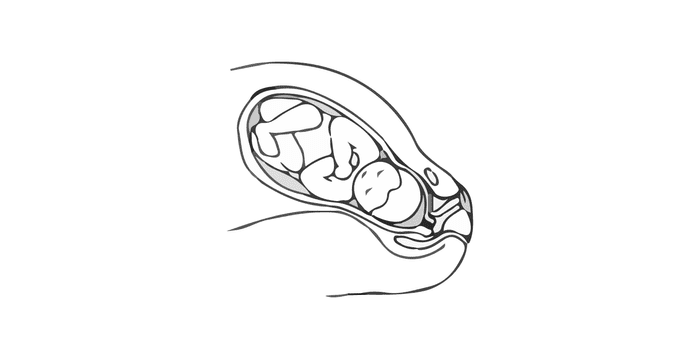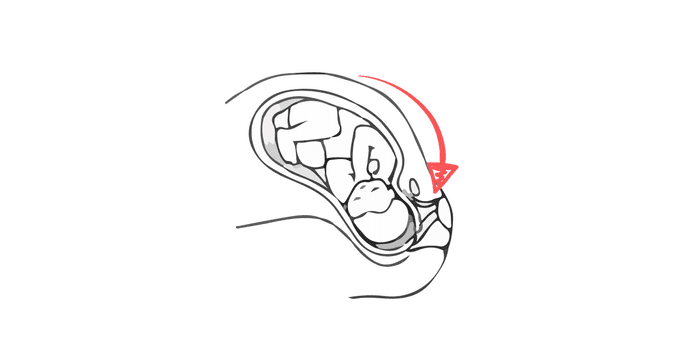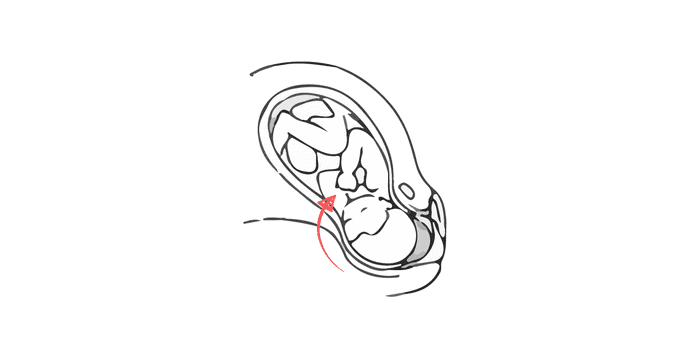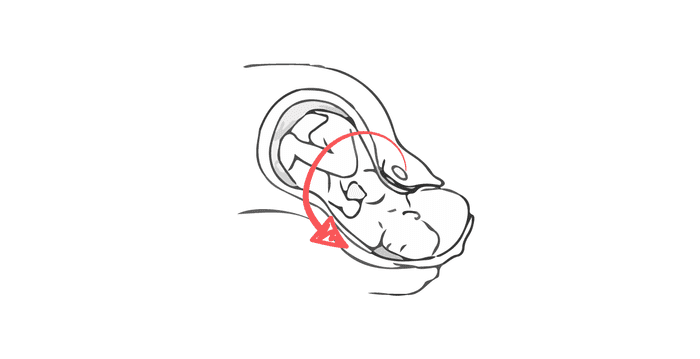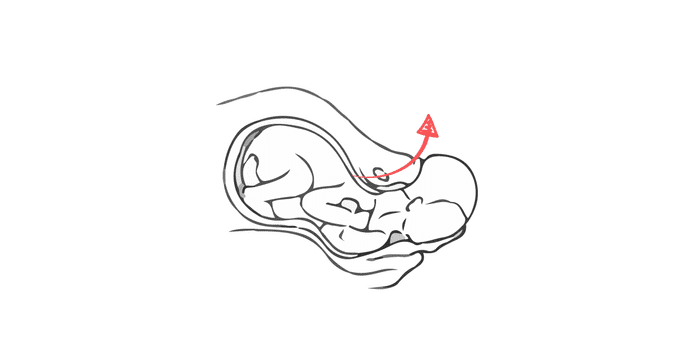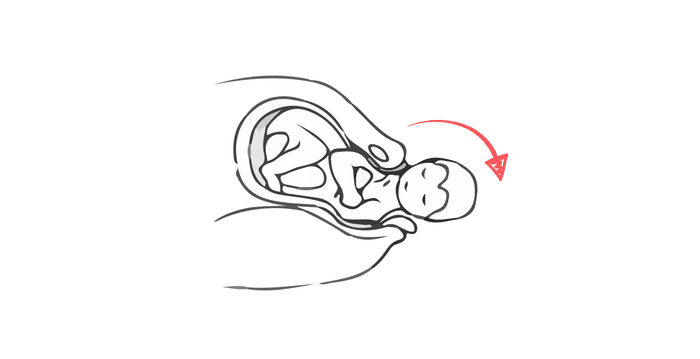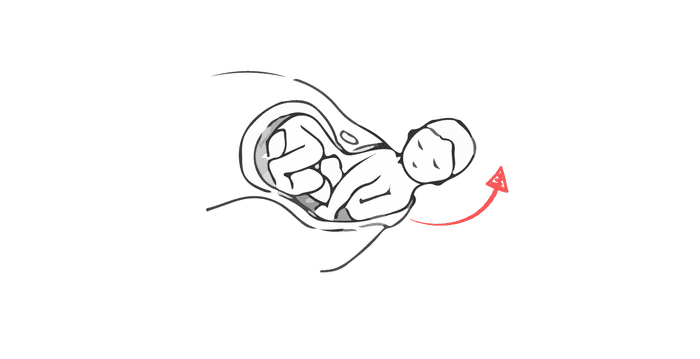NUCLEOTYPE
Cardinal Movements of Labor
January 06, 2020
Vertex presentation is the most common fetal presentation during labor. It accounts for 96% of fetal presentations and will be the one I will be talking about. This is when the head is flexed so that the chin is in contact with the chest and the posterior fontanel is the presenting part.
Engagement
Descent of the biparietal diameter
Entering of the widest diameter, (biparietal diameter - measuring ear tip to ear tip across the top of the baby’s head), of the fetal presenting part through the plane of the pelvis/pelvic inlet.
The head is said to be engaged if the leading edge is at the level of the ischial spines (which is also known as fetal station 0)
Descent
Movement of the head into the pelvis
Movement deep into the pelvic cavity or the downward passage of the presenting part through the bony pelvis.
When the occiput is at the level of the ischial spines, it can be assumed that the widest diameter of the baby’s head is engaged - descent occurs after this happens.
During descent the fetus move downward into the pelvic cavity
Flexion
Fetal chin flexes to chest
Occurs during descent because of the resistance of the soft tissues in the pelvis against the baby’s head.
This resistance causes flexion of the head (chin to chest).
This is when the smallest diameter of the baby’s head presents into the pelvis
Internal Rotation
Rotation of the fetal head from occiput transverse to occiput in either an anterior or posterior position.
As the head reaches the pelvic floor, it rotates so that the sagittal suture is in the anteroposterior diameter of the outlet. This means that the shoulders will pass through the wides part of the pelvic inlet, which is from right to left.
Remember: At the pelvic inlet, the diameter of the pelvis is widest from right to left. At the pelvic outlet, the diameter is widest from front to back
Extension
The position at the end of internal rotation when the baby is at the level of the vaginal introitus.
The baby is still in a antero-posterior position
This is the point when the birth canal curves upward. Head, face and chin curve up under and past the pubic symphysis.
You can also think of this as when the occiput is just past the level of the pubic symphysis and when the head, face and chin curve under and past the pubic symphysis and are born.
External Rotation (Restitution)
Rotation from anterio-posterior position to face-to-medial thigh of mother.
There is a short pause during labor after the head is born. During this pause, the baby needs to rotate from a face-down position to facing either one of the mother’s inner thigh’s This movement aka restitution, is necessary for the shoulders to fit under the pubic arch. Remember that the widest space in the pelvic outlet is in the anterior-posterior position.
When the head is delivered in the ideal position, (either left occiput transverse or right occiput transverse), the baby’s shoulders are positioned anterior-posterior which is the widest diameter of the pelvic outlet.
This is the point when you would notice a shoulder dystocia.
Shoulder Distocia
Mother’s birthing babies who are macrosomatic or large (in excess of 9.9 lbs.) are more likely to experience shoulder dystocia. Approximately, 15-30% these babies who experienced shoulder dystocia, have some degree of brachial plexus injury. Fortunately, most of these injuries resolve early on. The McRobert’s maneuver is used to help with a shoulder dystocia presentation.
Expulsion
Anterior shoulder delivers first, followed by the posterior shoulder
Delivery of the Anterior Shoulder
- Almost immediately after external rotation, the anterior shoulder moves out from under the pubic symphysis
Delivery of the Posterior Shoulder and Body
- Delivery of the posterior should follows delivery of the anterior shoulder followed by the rest of the body with an upward motion of the baby’s body by the care provider.
